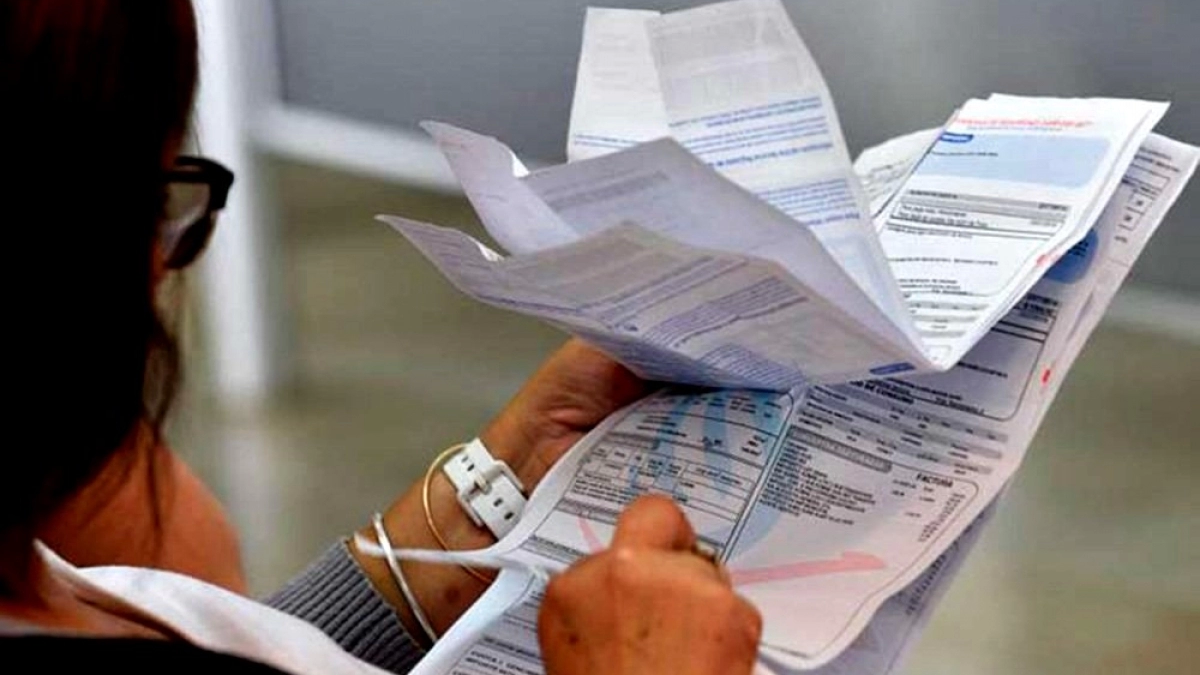The official explained that the increase will ultimately be 90%, which results in a 60% increase in the value of the invoices that will be received from June.
The Secretary of Energy, Flavia Royon, announced today that As of May 1, all subsidies for higher-income households will be eliminated, as anticipated by Ámbito.
The content you want to access is exclusive to subscribers.
The official explained that the increase will ultimately be 90%, which results in a 60% increase in the value of the invoices that will be received from June. During his presentation at the Energy Idea 2023 Seminar held in Neuquén, Royón pointed out that the implementation of the measure was delayed due to the delay in registration in the corresponding registry.


The IMF’s explicit request in relation to tariffs had to do with setting deadlines. By April, he requested that the subsidy withdrawal scheme for high-income sectors be complete. In addition, in one part of the report it presents specific numbers: “energy subsidies are expected to decrease to 1.5% of GDP in 2023 and 1.2% in 2022.”
In this sense, according to official sources, for users with high purchasing power (Level 1) the increase will be 80% as of May. Meanwhile, for the lower sectors (Level 2) there will be no increases. As for the middle sectors, if the 400kw limit is exceeded, that “additional” will go without a subsidy, a scheme that has been maintained since the tariff segmentation was carried out.
In the case of Level 1, there are not only users with high purchasing power who do not have energy subsidies, but also those holders of the service who could not complete the registration process for the RASE form to maintain the subsidy. It is also worth remembering that they are those users whose total monthly household income is equivalent to or greater than $619,720 (3.5 basic baskets for a type 2 household according to INDEC), a universe of 5.2 million users.
Another point to keep in mind has to do with increases for commercial users. According to what was proposed between the Ministry of Economy and the IMF, the increase will be 17% in August and 7% in November. “To meet the deficit reduction goals and strengthen the progressivity of energy subsidies, the authorities plan to continue implementing the agreed segmentation scheme, eliminating subsidies for higher-income residential users beginning in May and for commercial users by the end of 2023,” expressed the report together.
Finally, the International Monetary Fund highlighted the need to make more efforts to converge “toward cost recovery.” The goal this year will be to speed up segmentation to end the regressiveness of subsidies. It should be noted that last month, the Secretary of Energy promised that this year the fiscal goal of reducing subsidies to 1.5% of the Gross Domestic Product will be met.
Source: Ambito




